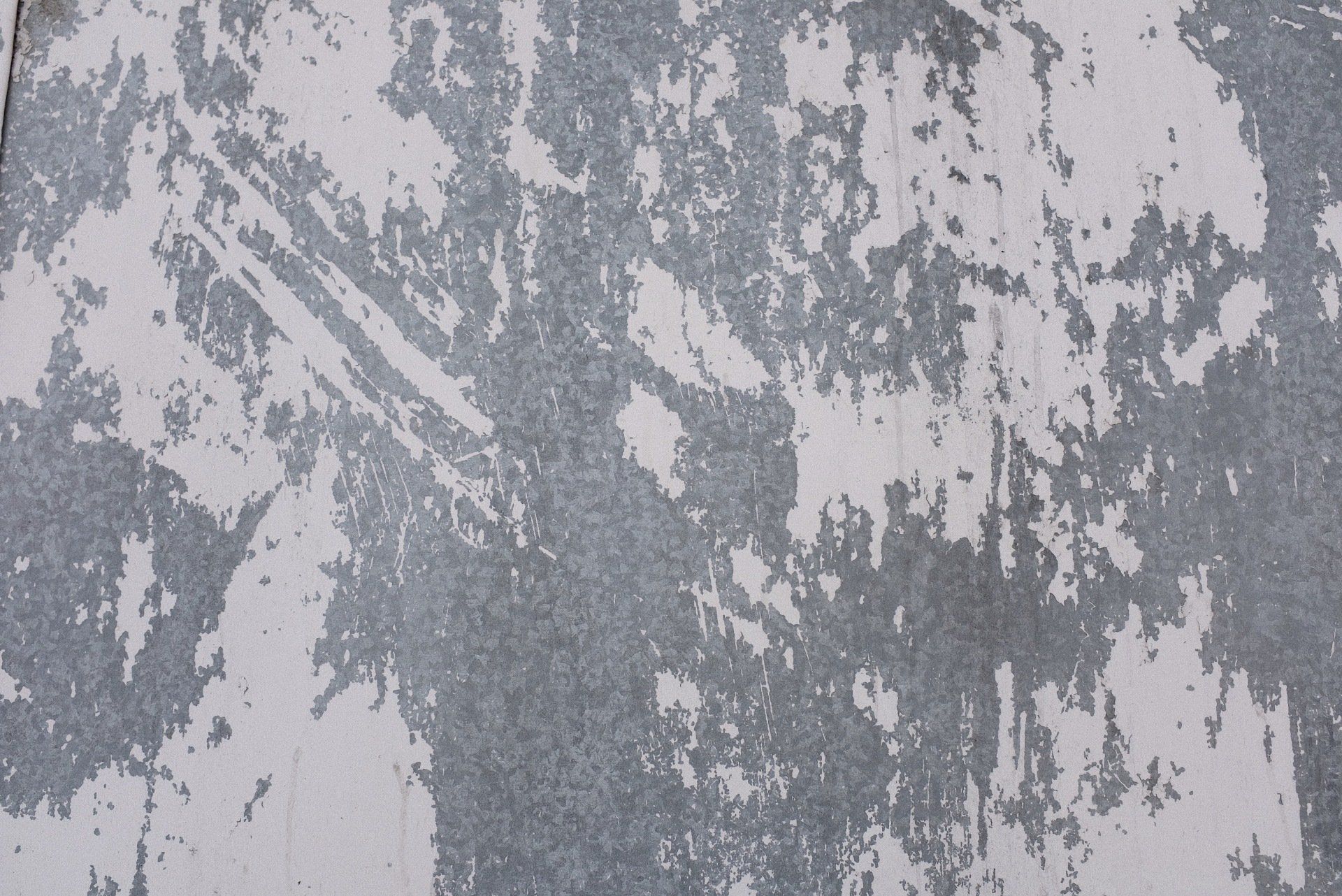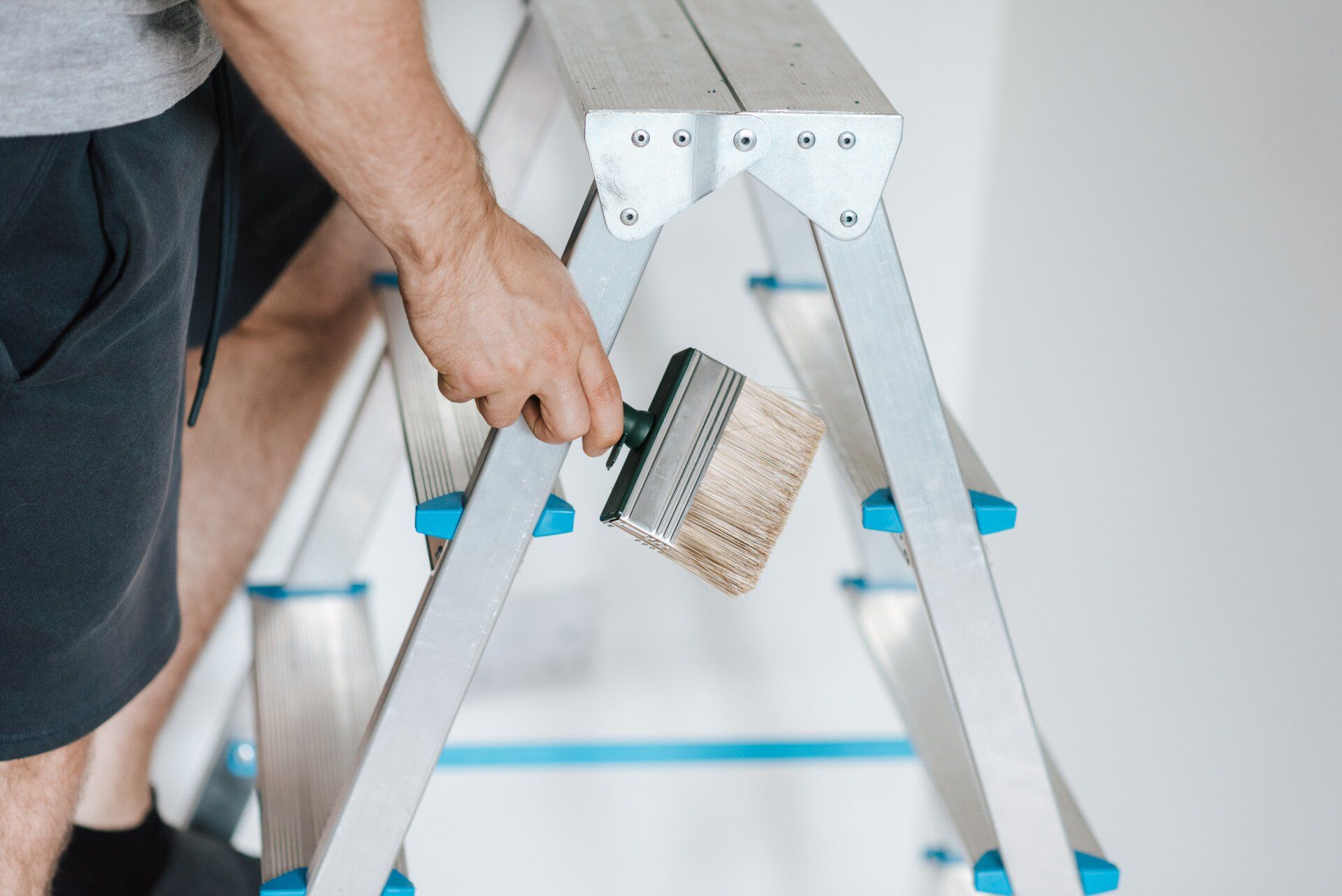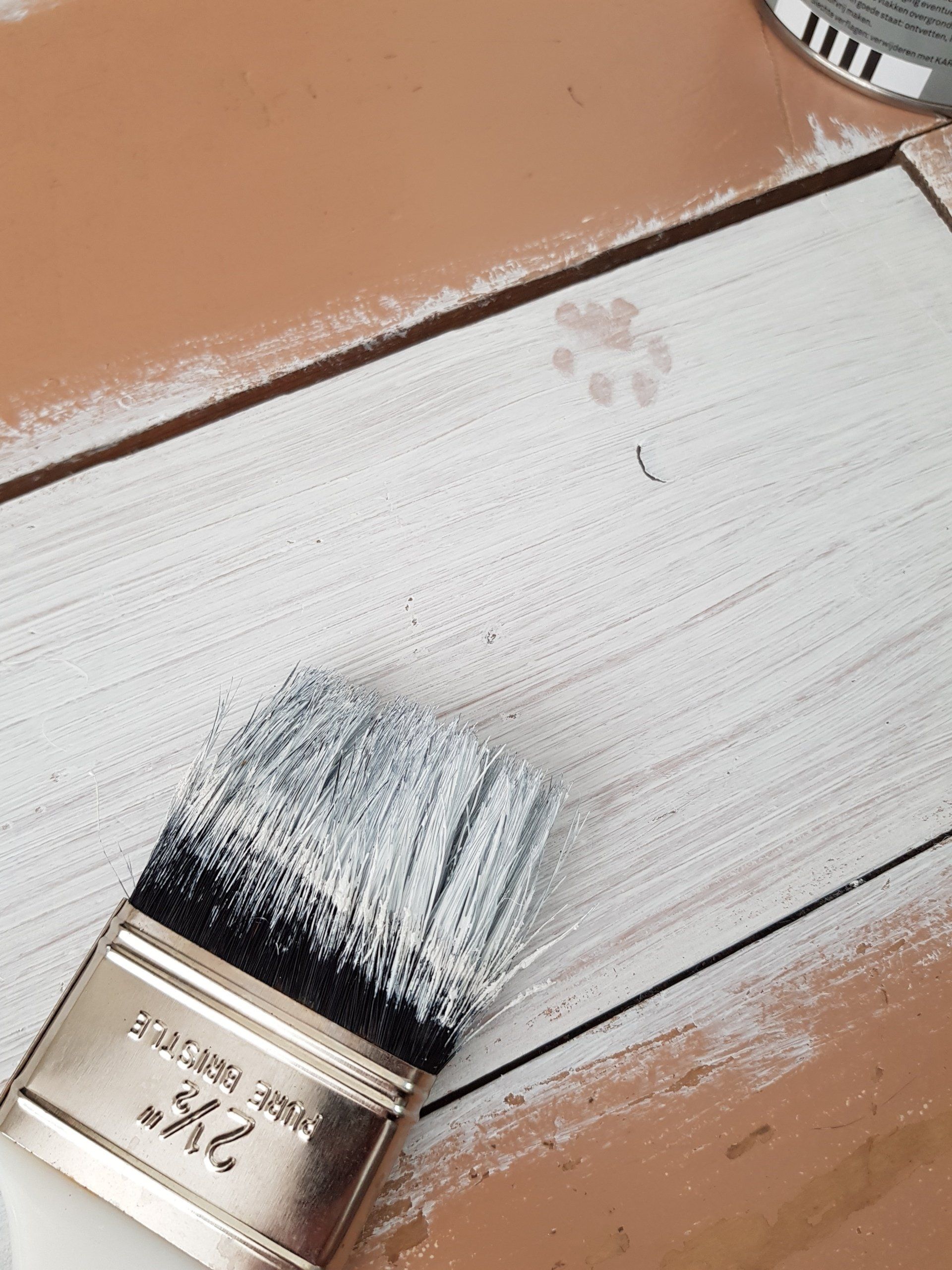Things to Consider before Painting Metal
Things to Consider before Painting Metal
May it be furniture, hardware for doors as well as drawers, or an item you're looking to include in your design, you may have the urge to paint a piece of metal in your home. Although many people are familiar with painting wood or walls, but painting metal can be quite a challenge when you do not take the proper steps prior to when you begin.
To make your paint project a success, we've put together an overview of important things to know before you begin painting on metal. Before you start soaking your paintbrush, we'll look at the things you'll need to know first.
1. Prep Rusted Metal
If the metal chair you're painting was left outside for too long or you purchased new drawer pulls at an antique store you'd like to refinish, you could be confronting metal that has been rusted. The first step is to check sure the rust only exists on the surface. If the rust has penetrated into the metal, it could indicate structural issues that could make repainting an issue.
If you have demined the metal and it is solid and structurally sound, you can sand it and scrape off any surface that has rust to create smooth surfaces, and it will aid in helping your paint adhere better to the metal.
Primer: The most important step to deal with rusty metal is to apply primer (some paints come with primers that reduce the amount of work). After sanding, primer can aid in adhering the paint to the metal more effectively and reduce any discoloration due to old color or rust.
2. Clean Your Metal
This is a crucial procedure to follow if you're painting something that's been outside for a long time and has become unrusty. But, rust isn't always the only factor that can affect the degree of adhesion to metal. Dust, dirt, and other contaminants could affect the metal's surface and cause the paint to crack, blister, flake, or dry in a different way. To get the best results, scrub the surface thoroughly using the help of a moist cloth or metal brushes. If you're using a metallic brush, make sure you clean the surface afterward to eliminate all dust.
3. Prep Galvanized Metal
Galvanized metal is a distinct circumstance. The galvanized metal is coated with oil on its surface, which can prevent rust from occurring; however, it makes it more difficult for your paint to adhere. Clean galvanized steel with a warm, soapy solution and allow it to dry prior to applying any primer or paint.
4. Use Metal Paint
Perhaps you've recently painted an area in your home and have some paint left and you're thinking of repainting your deck chairs made of metal with the paint left over, but you wouldn't be able to utilize the same paint. Here's the reason: A metal surface is quite different from drywall or wood (which are much more smooth). This is why you must apply a spray or paint specially designed for metal. This will help you save time and effort and will yield better outcomes the first time.
5. Paint Spray for Metal
You'll need to ensure that you're using a paint specifically designed for metal and also to choose between conventional paint (from cans) and spray paint. Spray paint has a number of advantages. When applied properly, the spray will give you an even coat when working on an uneven surface or a metal piece with a lot of details.




